 [/caption]
[/caption][caption id="" align="alignnone" width="323" caption="A bell that has been brought down from the tower, dated 1891. A prominent Filipino Chinese, Hilario Sunico, funded the making of this massive bell for Talambanan"]
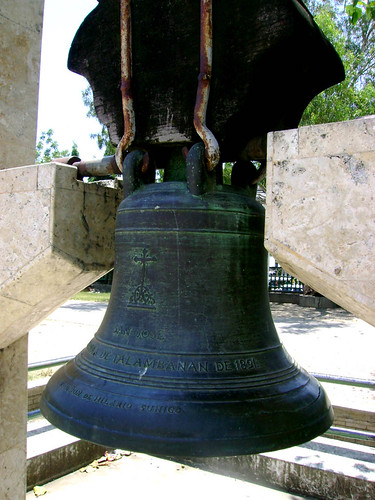 [/caption]
[/caption]Mabolo church, a beautiful white painted iglesia which has been under renovation since I got here in Mabolo is a classical, neo-gothic architecture which reminds me of the Catholic churches that I saw in Singapore. This one have a beautiful bell tower, but it's not as fortunate as the other ancient churches here in Cebu, it has been greatly damaged by a typhoon [1877] and an earthquake [1882], this events has altered the original but much of the old remains.
[caption id="" align="alignnone" width="329" caption="The Convento"]
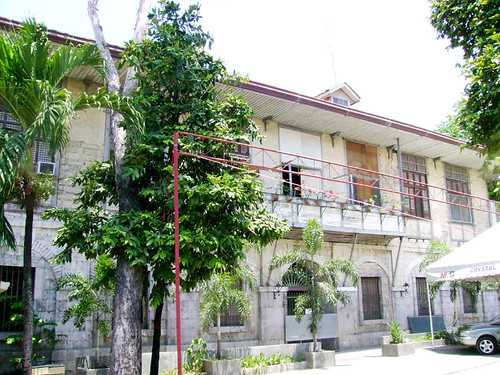 [/caption]
[/caption]The present convento is remarkable, it was built in 1866, the guys running the church should work on conserving as much as they can of the original. The charming coral stones walls, the beautiful iron grilled windows, solid marble floor and the huge wooden doors are still intact.
It took some effort to research on the town since there is little information available in the parish so I had to visit the public library near the capitol, I figured that good information about the church posted here could help a future Maboleno understand their history.
[caption id="" align="alignnone" width="327" caption="The Churchs retablo, there was a modest wedding when I was touring the grounds of the church"]
 [/caption]
[/caption]The town was originally Talamban [an], the whole area was Augustunian frontier, much of the estates around Ciudad Cebu belong to them, and the Augustinian workers of Banilad formed this town we know now as Mabolo.
In 1600 it officially became a town; it used to served as stable and practice grounds for horses, the Banilad estate's town church then is a visita of San Nicolas and was transferred to the jurisdiction of Opon in 1762.
Fray Julian Bermejo, the great mind who defended the southern towns of Cebu from the Moro raiders, famous for his watch towers suggested that the town be provided hectares of land for a church, convent, school and a casa real.
In 1847, the town relocated to its new site.
[caption id="" align="alignnone" width="322" caption="Beautiful windows adore the centuries old convento"] [/caption]
[/caption]
[caption id="" align="alignnone" width="325" caption="The grotto"]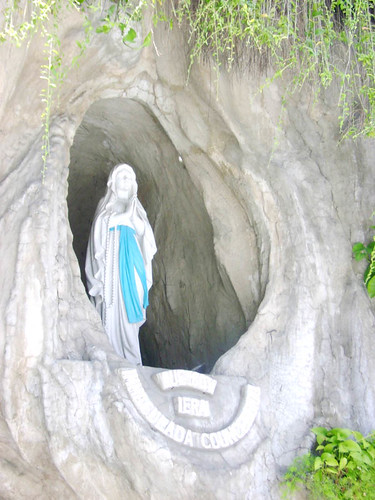 [/caption]
[/caption]
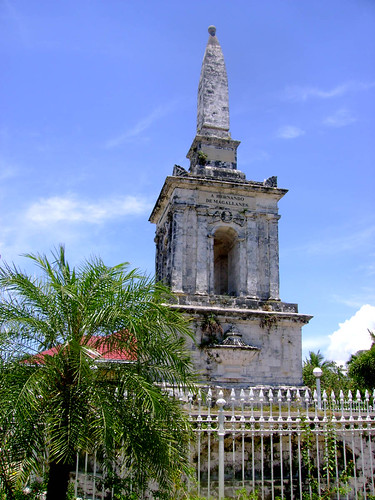

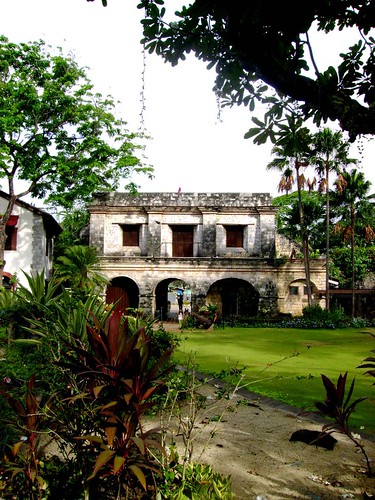
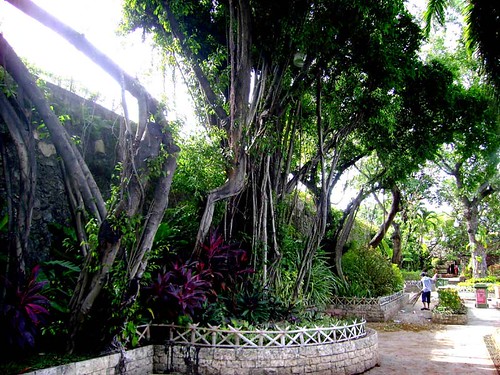

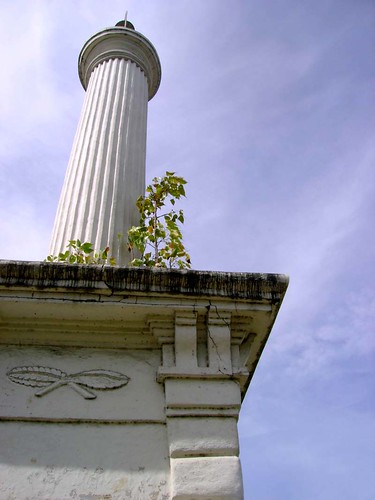
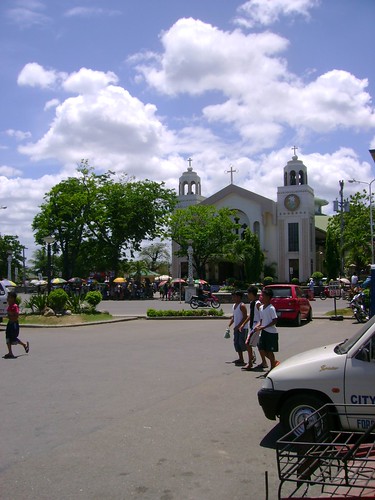
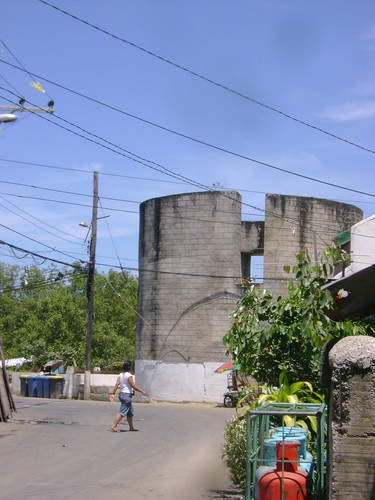 [/caption]
[/caption]
 [/caption]
[/caption] [/caption]
[/caption]


